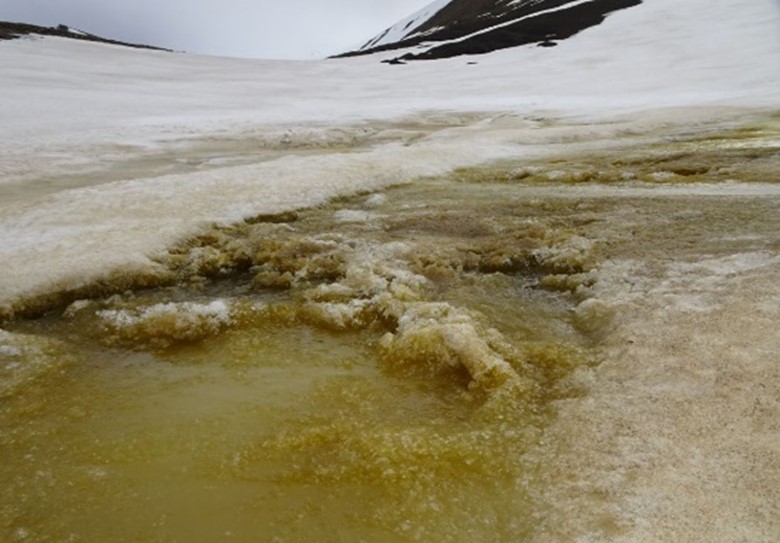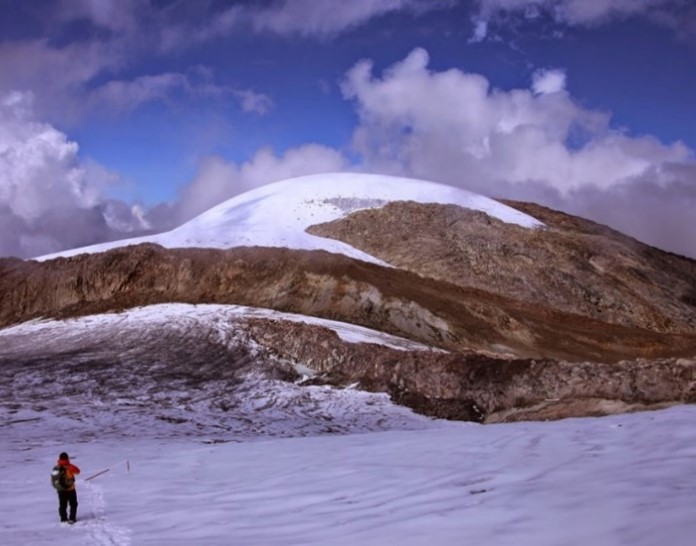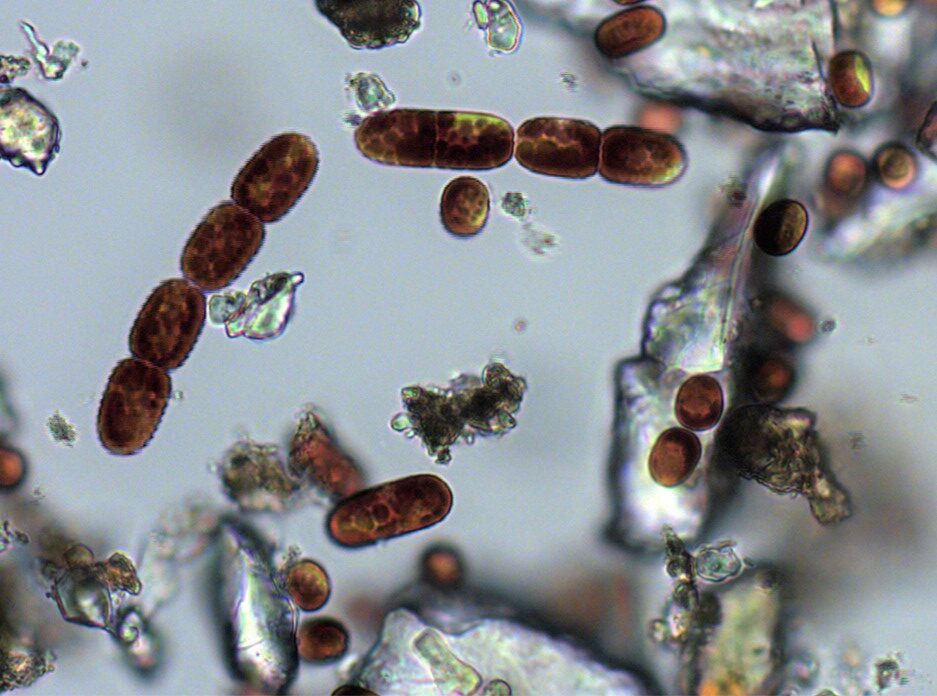Austrian Science Funds (FWF) project:
Ecology of Microalgae on Tropic Glaciers and in Slushy Snow
- Research context: Extremophilic microalgae exclusively living in melting snow and on wet glacier surfaces are primary producers of ecosystems with harsh abiotic conditions. They developed a plethora of morphological, metabolic and molecular mechanisms to cope with low temperatures or exposure to extreme visible and ultraviolet irradiance. While snow algae of the Chlorophyceae causing green to red discolorations have been studied well in the last decades, two different phenomena still deserve attention: First, equatorial tropic glaciers in South America with recently discovered populations of unknown streptophytic algae (Zygnematophyceae), which darken the ice surface due to their pigmentation. The cells are different to what is known from polar and mid-latitude glaciers. Second, golden-brown snow slush caused by unicellular Chrysophyceae related to Hydrurus, which are hardly understood. Blooms mainly appear in the Arctic and develop remarkable large populations in short time. Both habitats will be ecophysiologically investigated to understand how cells sustain the prevailing conditions.
- Hypotheses/research questions: Tropical glaciers developed a distinct cryoflora, adapted to the specific local conditions of a diurnal climate cycle. The aim is to assess this habitat for the first time for demonstrating physiologic and taxonomic differences to non-tropic glaciers.
Likewise, the diversity and physiology of chrysophytes causing golden-brown slush will be investigated to understand the high productivity and principal stress repair mechanisms.
- Approach/methods: Field populations will be surveyed for primary productivity, community diversity, transcriptomic state, presence of metabolites like pigments or compatibles solutes and the cell architecture. Lab strains will be studied for life cycles and testing physiologic optima. The methods used include chlorophyll fluorometry, stable-nucleotide uptake, metagenomics by Illumina amplicon high-throughput-sequencing, analytical screening of organic extracts by chromatographic protocols, light- and electron microscopy.
- Level of originality / innovation: The phototrophic eukaryotes unique to tropical glacier surfaces have never been investigated before, and this has to be done before these exotic habitats will disappear due to global warming. Likewise, Chrysophyceae abundantly causing tinted slush have been almost scientifically neglected so far, despite they should play a role in otherwise low-productive terrestrial polar ecosystems.
The project started in 2020 at the Applied University of Upper Austria and moved to University of Salzburg in spring 2023.
In case of any questions, please consult the PI Daniel Remias ()








